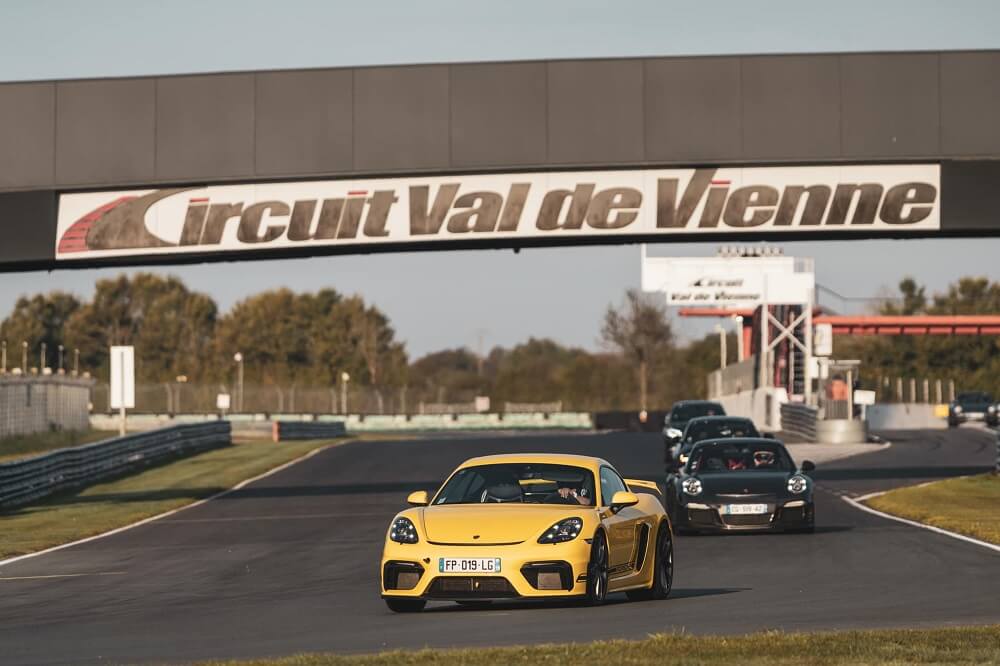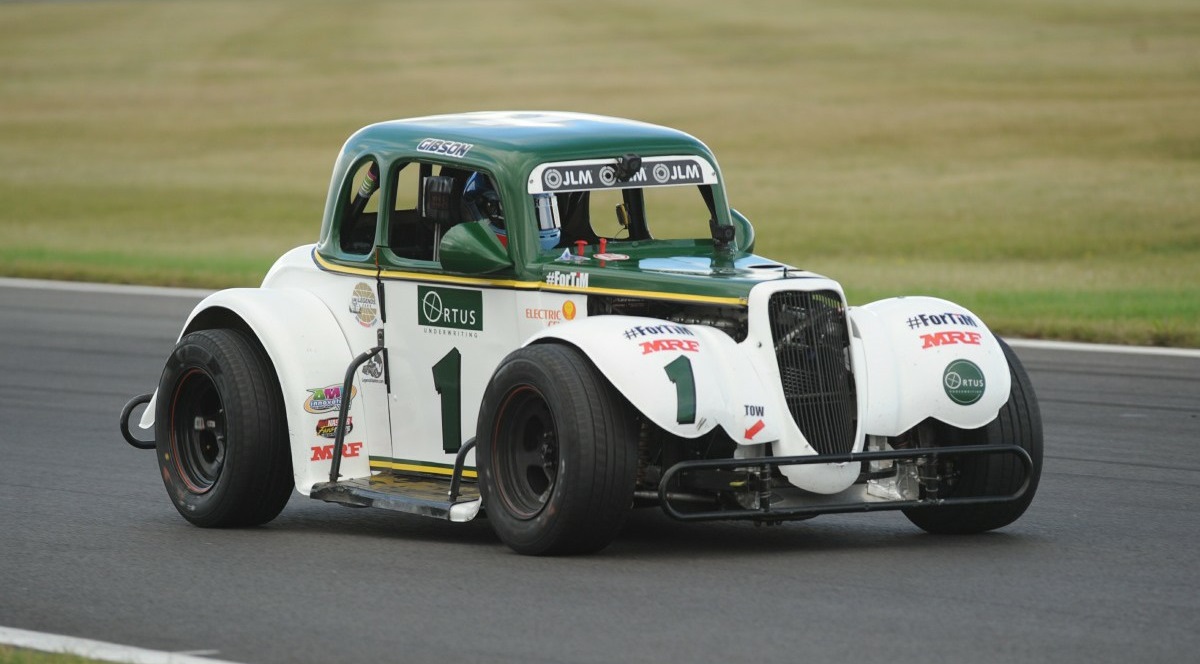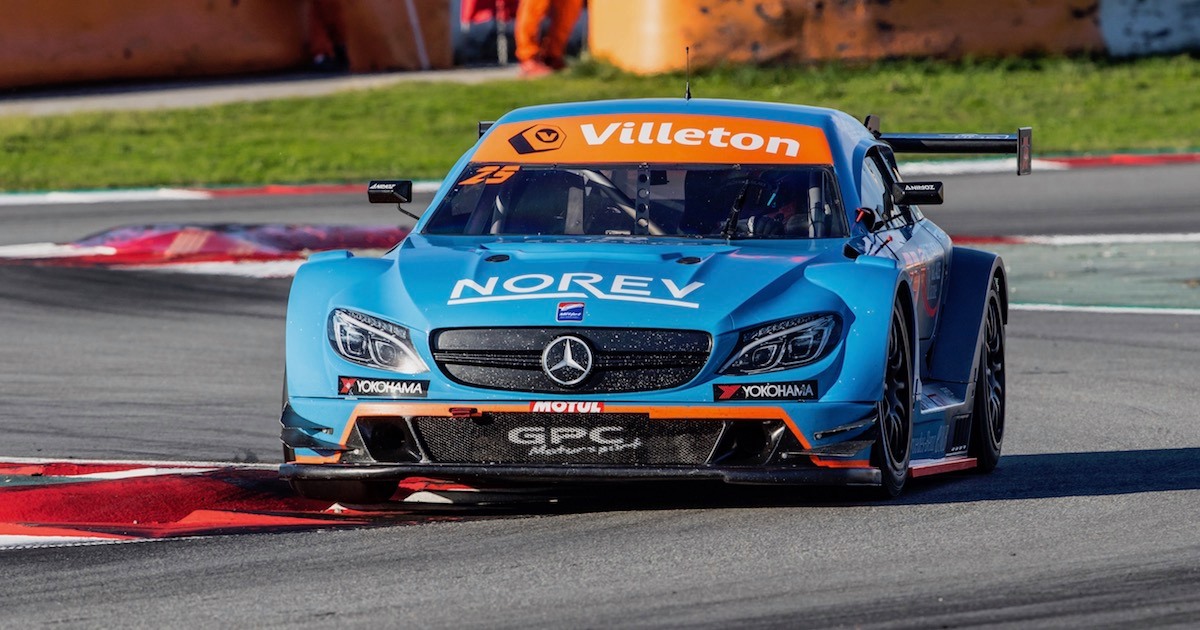How do you prepare for and take part in your first trackday?
By RobinB on 10 December 2024 Circuit / TrackdayThis article is aimed at motorsport enthusiasts who are considering participating in their first trackday. You'll find tips on how to prepare for your day on the track, whether it’s for yourself, your car, or managing logistical aspects. Also, discover the different types of trackdays and costs to anticipate to make the most of this experience 🙂
What is a Trackday and Why Participate?
Trackdays are open track days organized in France or abroad for motorsport fans and those looking to experience the thrill of driving on a race track 🔥
A trackday allows sports driving enthusiasts to drive on a circuit with their own car, whether it’s a stock model, a prepared car, or even a competition vehicle. It’s the perfect opportunity to test your car's capabilities and improve your skills safely, without the pressure of competition. Generally, timing is not allowed (or if it is, unofficially), as the presence of timing could lead insurers to reclassify the day as a competition, impacting coverage in case of an accident ❌
In this type of event, respect among participants is essential. Unlike a race, performance takes a back seat. The goal is to have fun without endangering others. Trackdays take place in a friendly atmosphere, where safety and adherence to rules allow everyone to fully enjoy their day on the track 🎉
Also see: "Trackday: Which Road-Legal Car to Choose? (2024 Guide)"
How to Organize and Plan Your First Trackday
To find a trackday, consult specialized websites like Europa Trackday or Trackdays.events, which list available events and dates. You can choose one that best fits your schedule and skill level. Some circuits offer beginner sessions with coaching options by instructors, ideal for a first experience 😎
If you’re just starting, taking a driving course can give you a solid foundation before your trackday. An independent coach or a BPJEPS-certified instructor can teach you the basics (braking, lines, acceleration) and safety rules, so you can drive with confidence.
Coaching is a valuable investment to progress quickly and reduce risks 👍
Understanding Different Types of Trackdays
Trackdays are available during the week and on weekends, and you can sign up for a full day or a half-day.
There are two main formats:
- Open Pitlane: Participants can enter and exit the track as they please, providing great driving flexibility. However, for safety reasons, the number of cars on track is limited, which may result in a bit of waiting before you can drive.
- Sessions: The day is divided into time slots, with each group of drivers taking turns on the track. Groups are often organized by skill level (beginner, intermediate, advanced) or vehicle type (single-seaters, GT, sedans...). This makes the track more homogeneous, ideal for beginners, but offers less freedom due to fixed schedules.
Which format to choose? Open Pitlane is more flexible but sometimes crowded, while sessions are better organized for beginners, though with less freedom. Choose based on your experience and preferences to make the most of your trackday 😉
Preparing for a Trackday: What to Consider?
Driver’s License and Vehicle
To participate in a trackday, a valid driver’s license and a car are essential: you can use your own or rent one from the organizer or a specialized team.
On GoToTheGrid, organizers like Nomad Driving Event and the GT Track Club regularly offer track days. If you prefer to rent a vehicle, rental services like Julien Gedet, Christophe Tinseau, DH Sport, and Team Montbéliard offer various models, including Porsches, BMWs, 208 Racing Cups, Alpine A110s, and many others. Feel free to contact them for a quote. You can also check out all available race cars for rent 🤩
Required Equipment for the Driver
The required equipment for the driver varies depending on the type of car and circuit rules 📜
For Standard Vehicles
- Helmet: Mandatory, either jet or full-face.
- Long clothing: Pants and long sleeves for minimum protection.
For Open Cars (e.g., Caterham, Ariel Atom)
- Full-face helmet required (jet helmets are not allowed).
For Race Cars or Prepared Vehicles with Welded Roll Cages
- Full-face helmet with a fireproof balaclava.
- HANS (Head And Neck Support) to protect the head and neck.
- Fireproof underwear (shirt, pants, socks).
- Fireproof suit for maximum fire protection.
- Fireproof gloves and boots designed for the track.
Regardless of your vehicle, choose certified, quality equipment to ensure safety and comfort. Before hitting the track, make sure all your gear is in good condition and properly fitted 👌
Preparing Your Car for a Trackday: Complete Checklist
Before taking the track, make sure your car is ready with this checklist ✅
- Towing hook: Essential for easy vehicle movement in case of a breakdown or off-track incident.
- Fluid levels: Check engine oil, brake fluid, coolant, and fuel levels.
- Brakes: Make sure pads and discs are in good condition for effective braking.
- Tires: Choose tires suitable for the track and check their condition and pressure. Follow the organizer’s rules (road tires or slicks).
- Suspension and steering: Ensure there is no abnormal play or suspicious noises.
- Interior fittings: Remove any unsecured items in the cabin to avoid risks while driving.
Do not neglect your car’s maintenance: a well-maintained vehicle is essential for a successful and safe track day.
Also see : "Slalom: Compete in Your Everyday Car"

Trackday Noise Limits
Most circuits impose strict noise limits for safety and neighborhood concerns. Check ahead to avoid any unpleasant surprises.
For instance, the limit is 100 dB at the Dijon-Prenois circuit and 95 dB at the Charade, Bresse, and Alès mechanical pole circuits.
Always check each track’s rules before signing up to ensure your vehicle complies with the current noise standards 📢
Trackday Insurance: Tips and Precautions
Before participating in a trackday, verify that your insurance covers potential damage on the track. Liability insurance is often mandatory; check with the organizer.
In case of an accident, you’ll be responsible for damage caused to infrastructure (barriers, tire walls, track markers) and any cleaning fees (oil, fluids). Some circuits also charge for tow truck services if needed.
Note that there is usually no liability coverage between participants: in case of a collision, each driver is responsible for repairing their own vehicle 💸
Carefully read your insurance terms and consider, if necessary, specific insurance for trackdays to enjoy your day with peace of mind.
How Much Does a Trackday Cost?
Entry Fees and Hidden Costs
The price of a trackday varies from €75 to over €1,000 per day, depending on the circuit and the organizer.
Additional costs include consumables (fuel, tires, brakes) as well as transportation and accommodation if necessary.
Average Prices for a Trackday
- Small circuits (Folembray, Croix-en-Ternois, Fay de Bretagne, La Châtre, Clastres, Ecuyers, Pau-Arnos, Torcy/Vaison Piste, Lurcy-Lévis, La Ferté Gaucher, Lédenon...): between €70 and €200 per day.
- Large circuits (Castellet Paul Ricard, Magny-Cours GP, Dijon-Prenois, Spa-Francorchamps, Le Mans Bugatti...): between €200 and €750 per day.
- Exclusive events: up to €1,000 per day or more.
Maximize Your Trackday Experience: Practical Tips
To make the most of your day on the track, here are some practical tips to apply before and during your session:
- Before entering the pitlane: Make sure everything is ready – driver, passenger, and car (towing hooks installed, cabin cleared, correct fuel levels and tire pressure, helmets and equipment in place).
- Warm-up: Gradually warm up the car, tires, and brakes over 2 or 3 laps to avoid premature wear.
- Return to the pits: Do a cool-down lap to let the car cool before returning to the paddocks.
- Checking tire pressures after each session: Tires heat up during sessions, causing pressure to increase. It is essential to check and adjust pressures while the tires are hot to maintain optimal grip. Use a precise tire gauge and adjust the pressures according to the manufacturer's or your preparer's recommendations. Most circuits have compressors available to help with adjustments.
- Overtaking: Follow the track’s rules and be mindful of other drivers, as skill levels vary greatly. Exercise caution and courtesy.
- Windows closed: Drive with windows closed or slightly cracked, depending on circuit regulations.
- Breathe: Remember to breathe to stay relaxed. Avoid holding your breath, as it can increase stress and affect your performance. Use the straights to relieve tension.
- Be cautious: Adapt your pace and respect others. At the end of the day, the goal is to have fun, not to win.
Being in Top Shape for a Trackday
Being healthy and fit is essential for a trackday, as track driving is demanding. Here are some tips to be ready for the big day:
- Physical fitness: Track driving requires a lot from the muscles, especially in the neck and arms. Good physical fitness is important.
- Hydration: Drink water before and during the day to prevent dehydration.
- Nutrition: Choose balanced meals before the trackday and avoid heavy foods that may cause discomfort.
- Rest: Get a good night’s sleep beforehand. Fatigue can impair your reflexes and focus.
- Warm-up: Stretch or do a light warm-up before hitting the track to prepare your muscles.
- Avoid harmful substances: No alcohol or substances that impair alertness, and watch out for medications that could affect your reflexes.
- Mental preparation: Stay relaxed and focused for safe, high-performance driving on the track.
Taking care of your body and mind will help you make the most of your day on the track, optimizing your performance and reducing risks 😉
Respecting Safety Rules in Trackdays
Before you start, it’s essential to attend the safety briefing organized by track officials. Here you will learn the rules to follow and the behavior to adopt in case of an emergency. If in doubt, feel free to ask questions!
Follow all safety instructions and listen to the track marshals. Their role is to ensure the safety of all participants, so everyone can enjoy the day safely.
Conclusion
A trackday is an exciting experience for any motorsport fan. With proper preparation and by following these tips, you’ll make the most of your first day on the track. Respect safety rules and remember that enjoyment and respect for others are essential. Now, all you need to do is savor the experience! Don’t pressure yourself; the important thing is to have fun and take your time to improve 🙂





